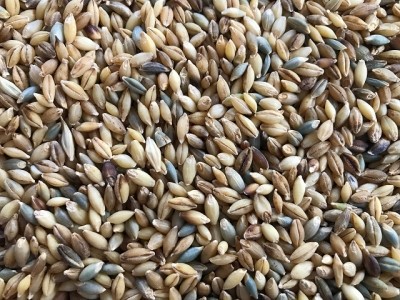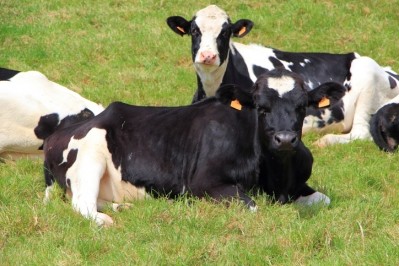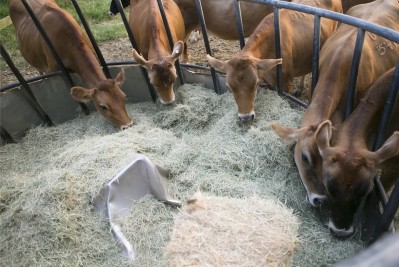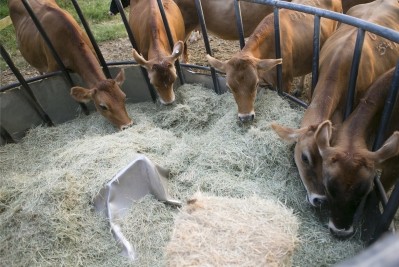US cattle producers faced with limited feed production turn to alternative ingredients
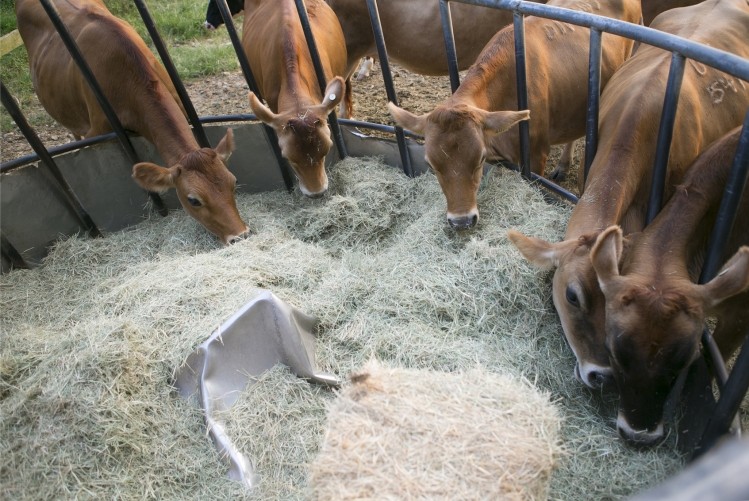
As dry conditions in the western plains continue, some cattle producers have been considering how to bring herds through the winter, said Rachel Endecott, beef cattle specialist with Montana State University Extension. In a year that sees more precipitation, cattle may stay on pasture through the start of December or January, but producers are not expected to have that option this year.
“We haven’t seen a lot of hay move yet, [but] I know people have been looking to find hay that is reasonably priced,” she told us. “As we get progressed through the second cutting season for hay I think things will start to move.”
Additionally, the dry conditions have reduced the hay that some producers were able to grow, she said. “Anytime we have a drought like this [there is] renewed interest in by-product feeds – dried distillers grains, corn gluten feed.
"By-products from other industries could also be used – whether or not it’s economically feasible is always the question,” she added.
In South Dakota, some producers have already moved cattle to off pasturelands to dry lot production, said Julie Walker associate professor and extension specialist for beef at South Dakota State University. Others maybe considering early sales or weaning to reduce the amounts of forage needed to feed herds through spring.
“There’s research out there that looks like early weaning – you can save 25% to 40% of their forage intake just by pulling the calf off, but then what do you do with that calf?,” she told us. “Are you going to return enough money on that calf to make the cash flow or bottom line balance for that year?”
“The focus right now is laying hands on forage to get through to spring, because they would have harvested the majority of the feed stuffs for winter,” she said. “If they don’t have that laid in, it becomes how many cows can I keep? But those who are low [on feed] may be forced to sell cows.”
Blending forage
There may be several options for producers looking for ways to stretch their feed ingredients until the spring, said Walker.
“Every producer I’ve visited with, they may have the same questions of how to feed their animals but based on the feedstuffs they have, their answers are different,” she said. “Some have old forage and some no forage – it depends on what their feed resources are.”
Feed grains available in the region like corn or and distillers dried grains (DDGS) remain relatively inexpensive, she said. However, it can take time to adjust cattle to a mixed diet.
“Typically our producers would feed a high forage-based diet and by incorporating concentrates in that [they can feed forage] at less than 100% of the dry matter intake,” she said. “But limit feeding and potentially adding corn, distillers or whatever feed ingredient we can change from 100% forage diet to maybe 50/50% and still meet their nutritional needs.”
There also are some facility considerations that have to be taken, said Walker. These include making sure that all cows have access to bunk space, potentially feeding in smaller groups and paying more attention to grouping cattle by age so that they all have access to the feeders.
Another option for producers is blending their forage stock with some type of energy feed ingredient, said Endecott. This may be a more attractive option for producers who already have more diversified production or close access to grains like feed barley.
“From our perspective, the hay base is going to be a priority,” she said. Producers also will need to calculate feed costs with freight charges for ingredients that have to be delivered, she added.
Quality considerations
Along with consideration of alternative ingredients to support forage use, there is some assessment of forage quality that needs to be done, Walker said.
“The bottom line we’ve been telling producers is do some hay testing or feed testing,” she said. “If it’s a by-product, or hay or forage source, testing for nutrient content and nitrate concentration in drought becomes critically important.”
If producers test their feed crops or forage before it is harvested they have a better ability to know if it should be baled or ensiled to reduce nitrate load, she said.
“If they cut the oats for hay they don’t have the ability to lose any nitrates,” she said. “In those scenarios they would test before they harvest and before feeding test it again for nitrates so it can be blended accordingly – in ruminants it will cause death in those animals if it gets too high.”
Additionally, feeds with higher nitrate levels can be blended to different degrees depending on if it is used for cattle or pregnant animals, said Endecott.
